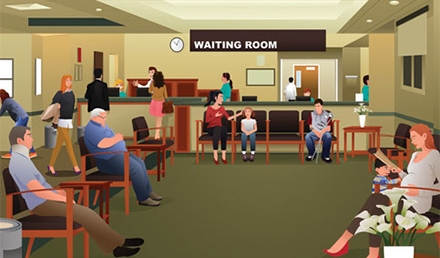Urgent message: Health-care practitioners frequently see patients in urgent care centers who have elevated blood pressure. It is vital that they be able to identify hypertensive emergencies to immediately start lowering such patients’ blood pressure and then transfer them to an emergency department, to avoid hypertensive damage to the brain, heart, and kidneys. JON JUHASZ, MD Introduction Elevated blood pressure (BP) is very common in the urgent care setting, oftentimes from pain or from chronic …
Read More





